Introduction to Modern Art 1/3/04 – Constructivism
‘Constructivism’ Introduction to Modern Art, 1 March 2004 Birkbeck College, University of London Gavin Parkinson Slide List
Slide 1: Pablo Picasso, Portrait of Kahnweiler (1910).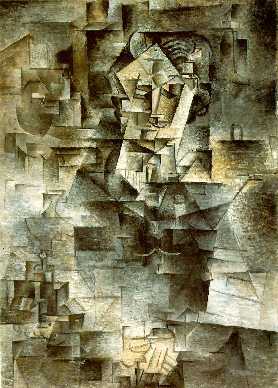
Slide 2: Umberto Boccioni, The City Rises (1910-1 1).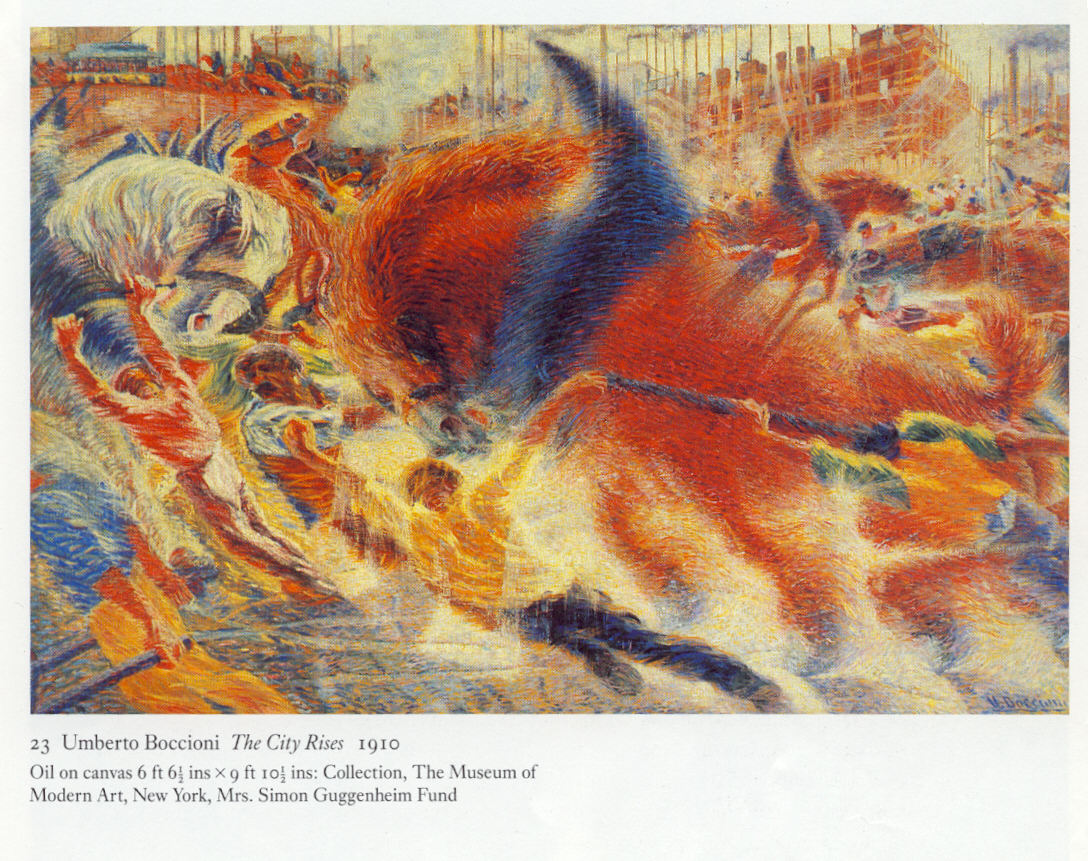
Slide 3: Natalia Goncharova, Haycutting (1910).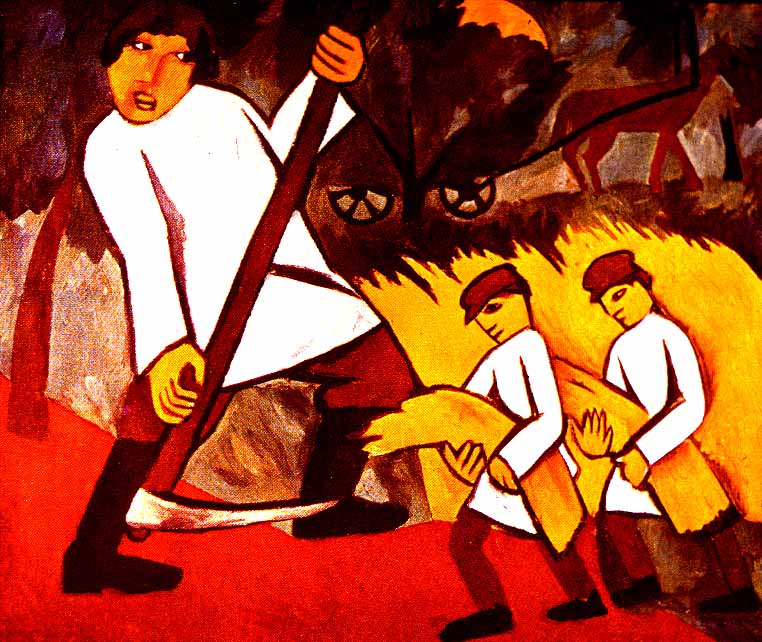
Slide 4: Mikhail Larionov, The Baker (1909).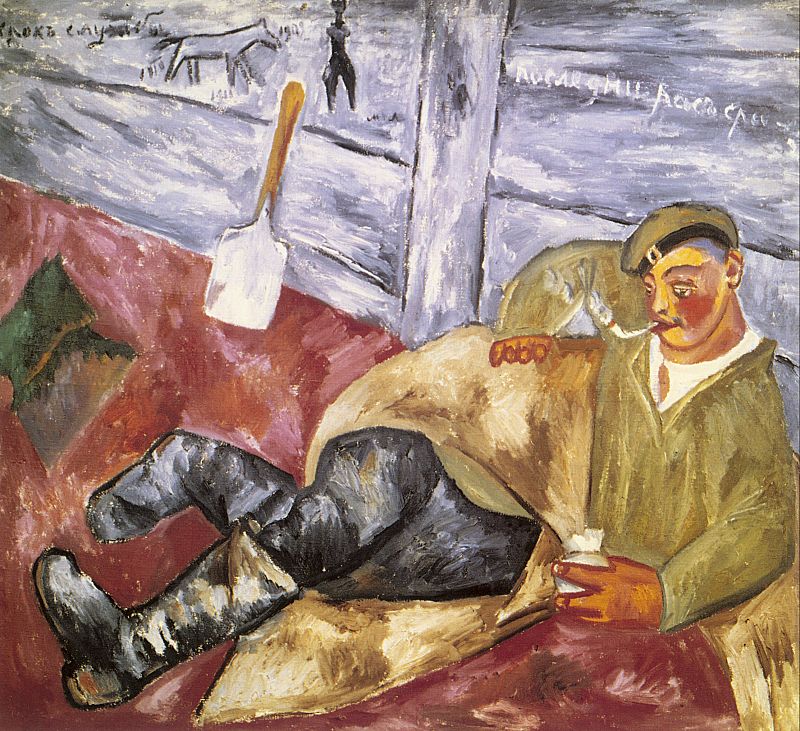
Slide 5: Natalia Goncharova, Picking Apples (1909).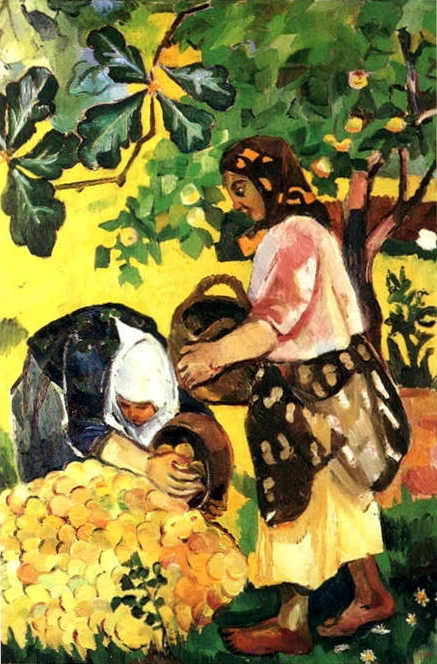
Slide 6: Pablo Picasso, Guitar (construction, 1912).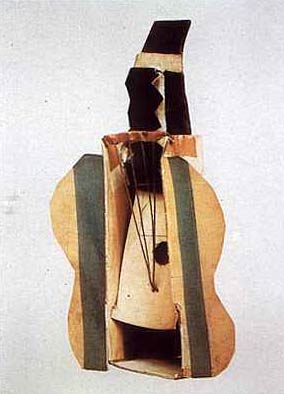
Slide 7: Mikhail Larionov, Rayonnist Composition (1913).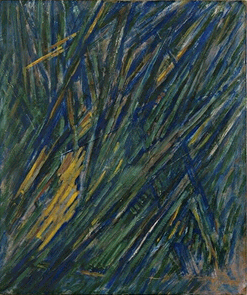
Mikhail Larionov (French, born Russia, 1881-1964), Rayonist Composition, c. 1912-13, oil on cardboard, 20 x 17 1/8 inches (50.2 x 43.5 cm), Museum of Modern Art, NY.
Slide 8: Mikhail Larionov, Portrait of Tatlin (1913-14).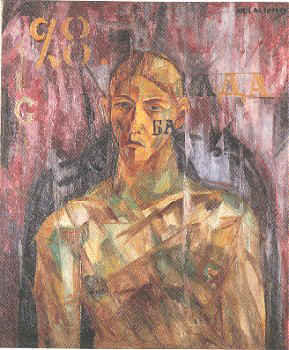
Slide 9: Georges Braque, Homage to J.S. Bach (1912).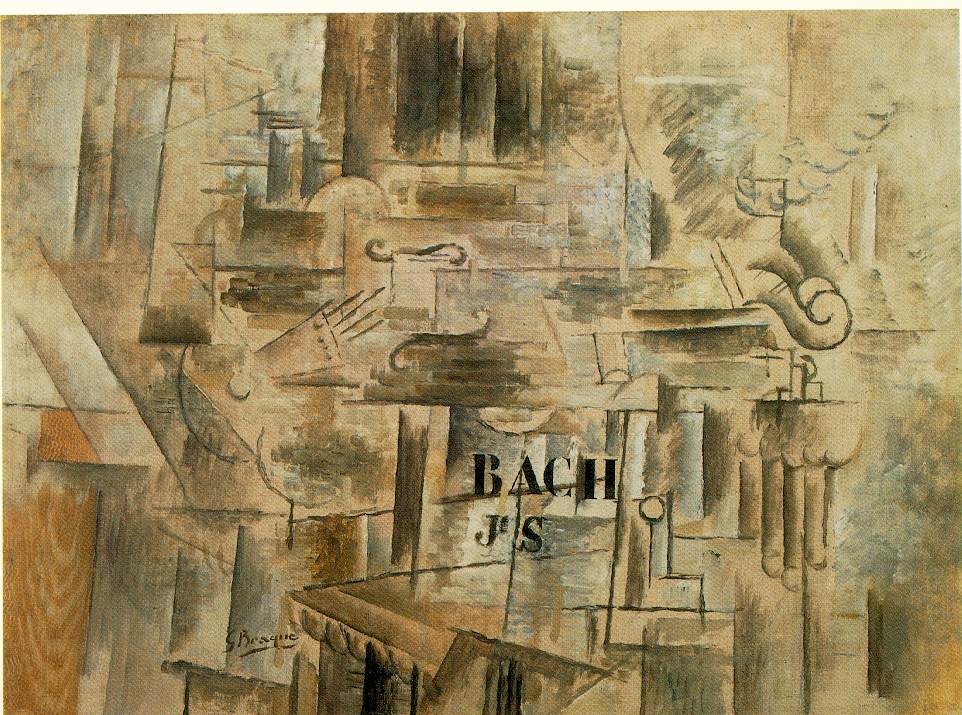
Slide 10: Kasiniir Malevich, Bringing in the Harvest (1911).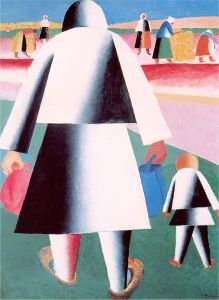
Slide 11: Kasimir Malevich, The Knife-Grinder (1912).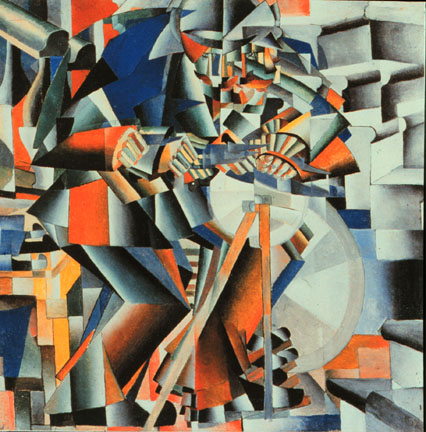
Slide 12: Kasimir Malevich, Black Square (1913).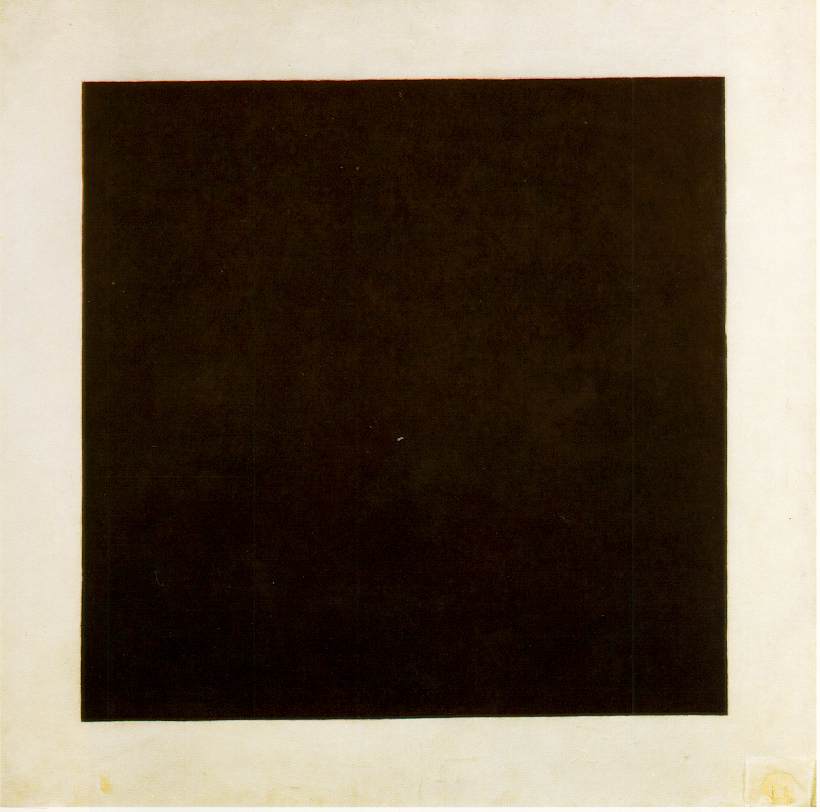
Slide 13: Pablo Picasso, Glass and Bottle of Suze (1912).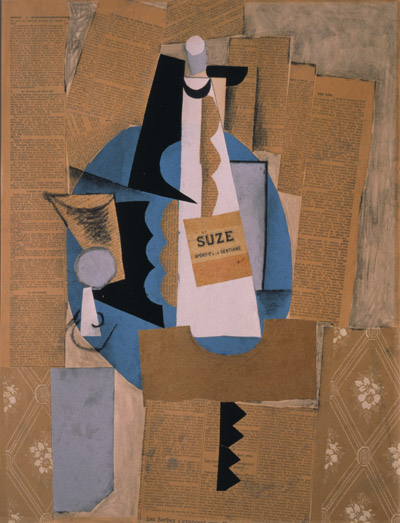
Slide 14: Pablo Picasso, Guitar (wire and metal construction, 1912).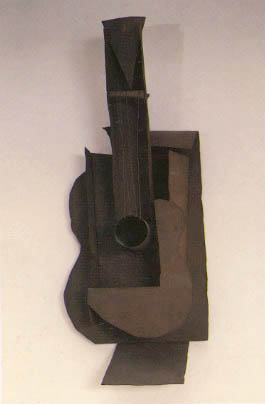
Slide 15: Pablo Picasso, Still-Life (painted wood and cloth relief, 1914).
Slide 16: Vladimir Tatlin, Relief (1913, remade 1980).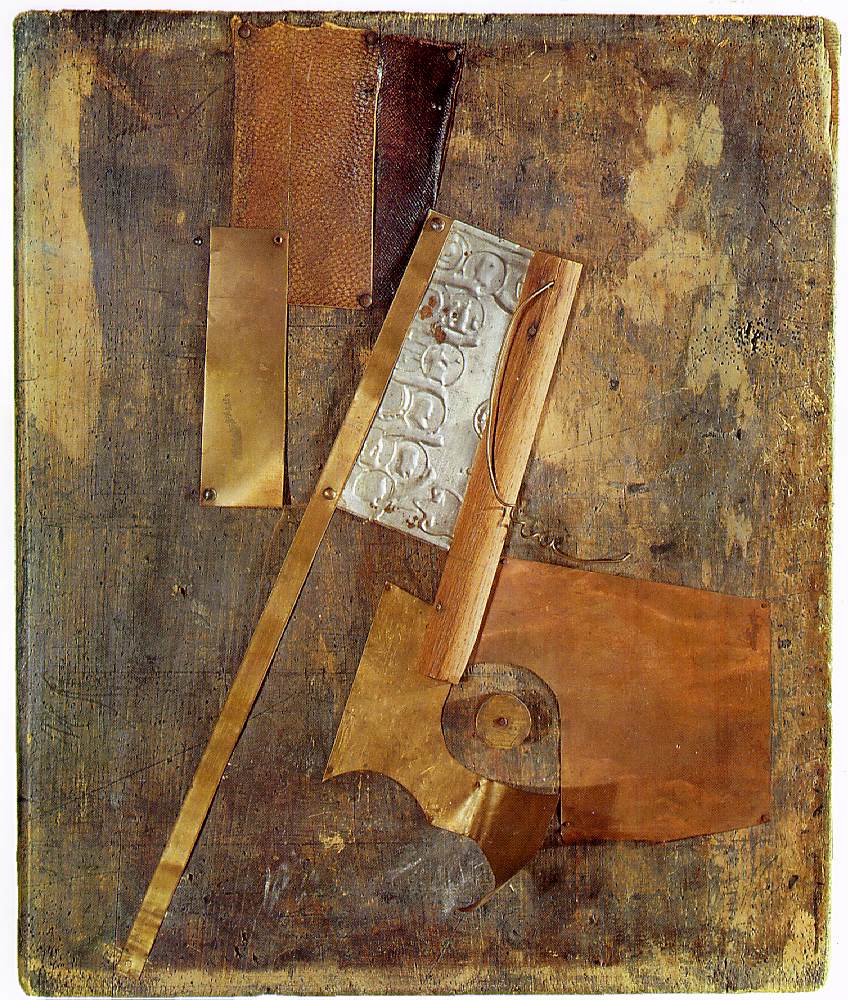
Slide 17: Vladimir Tatlin, Relief (1914, remade 1979-81).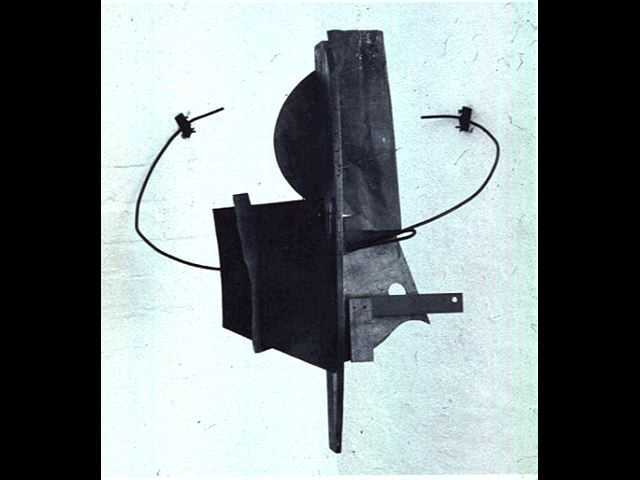
Slide 18: Vladimir Tatlin, Relief (1914, remade 1979-80).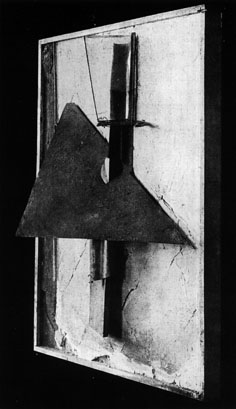
Slide 19: Vladimir Tatlin, Corner Relief (1915, remade 1980).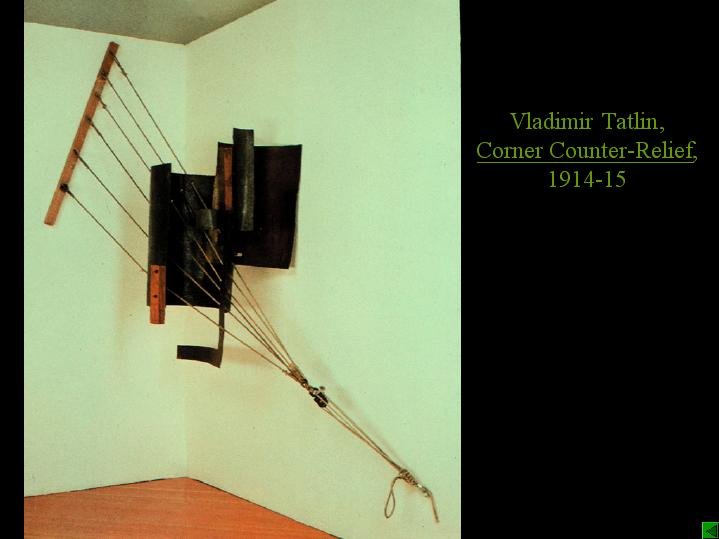
Slide 20: Vladimir Tatlin, Corner Relief (1915).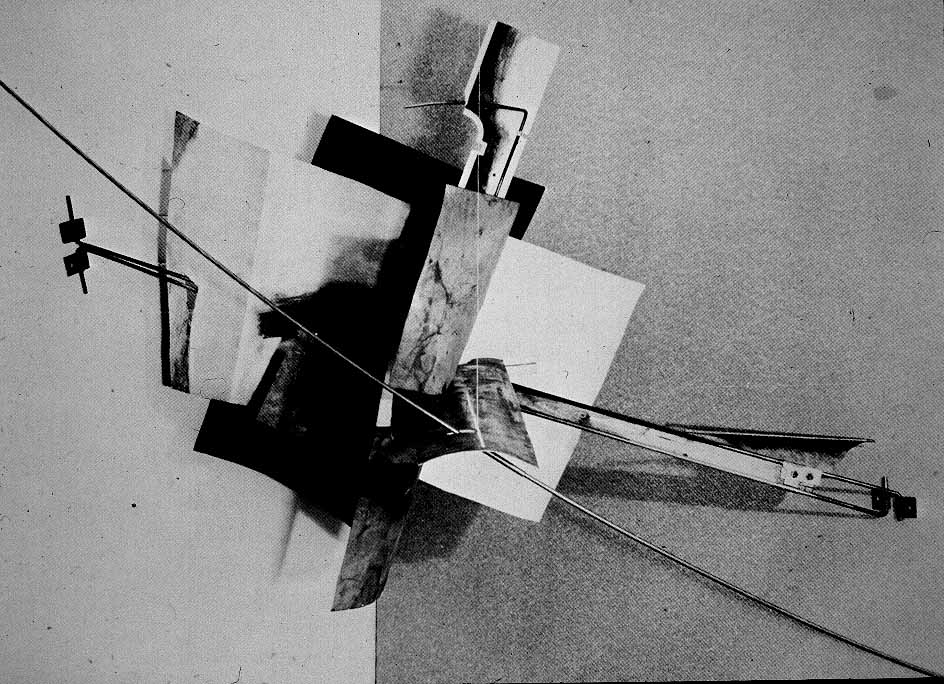
Slide 21: Lyubov Popova, Abstract Composition (c. 1916).(image not found)
Slide 22: Lyubov Popova, Painterly Architectonics (1917).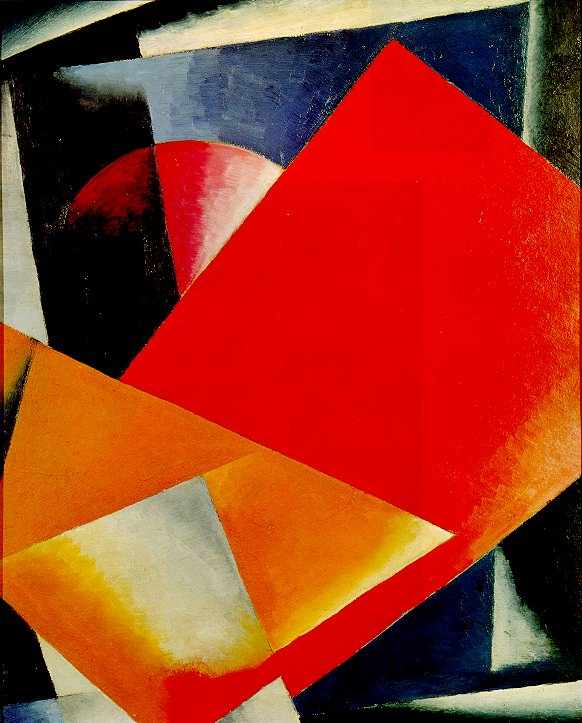
Slide 23: Kasimir Malevich, Suprematist Painting (1917).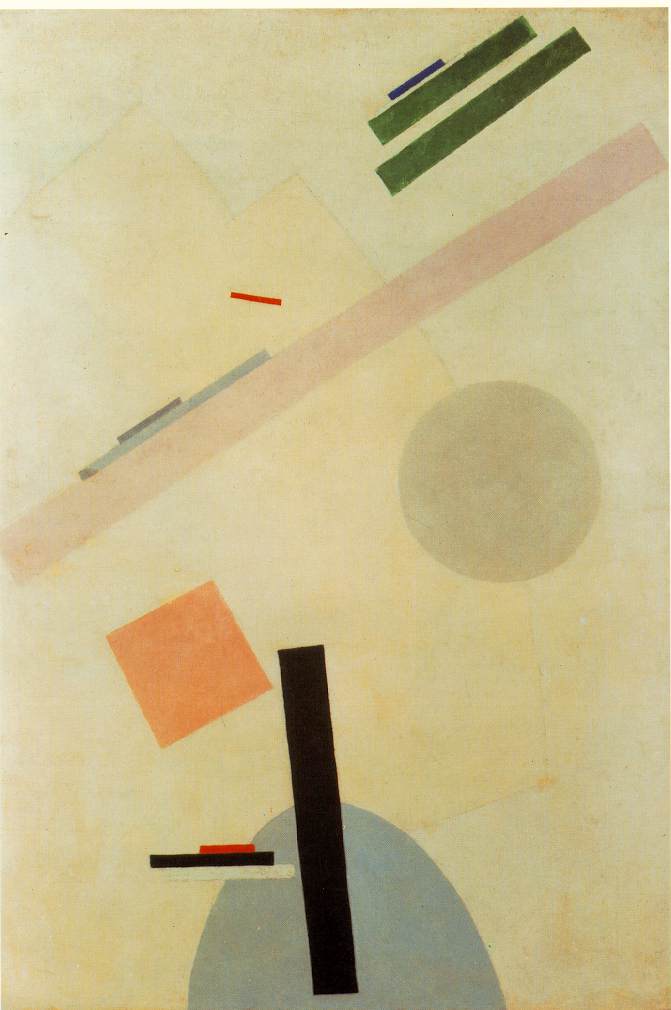
Slide 24: Alexander Rodchenko, Compass and Ruler Drawing (1914-15).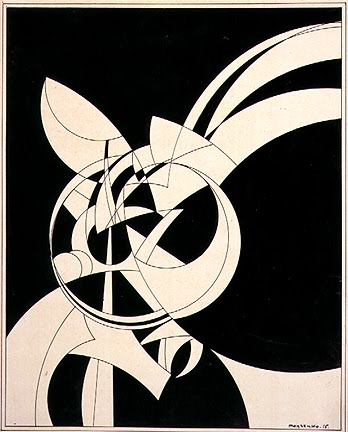
Slide 25: Alexander Rodchenko, Compass and Ruler Drawing 2 (1914-15).
Slide 26: Photograph of Rodchenko.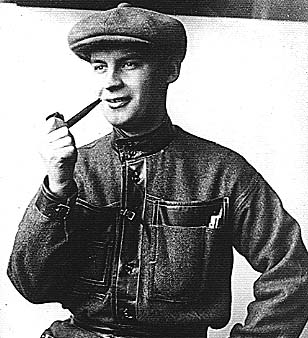
Slide 27: Alexander Rodchenko, Construction (1921).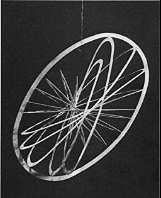
Slide 28: Konstantin Medunetsky, Spatial Construction (1920).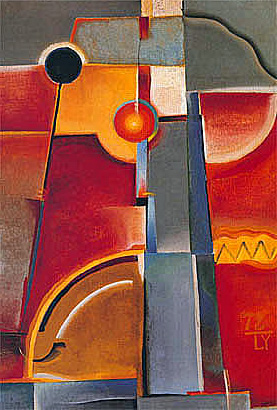
Slide 29: Photograph of view of third OBMOKhU exhibition, Moscow, May 1921.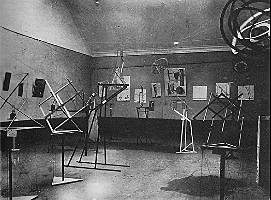
Slide 30: Another Photograph of view of third OBMOKhU exhibition, Moscow, May 1921.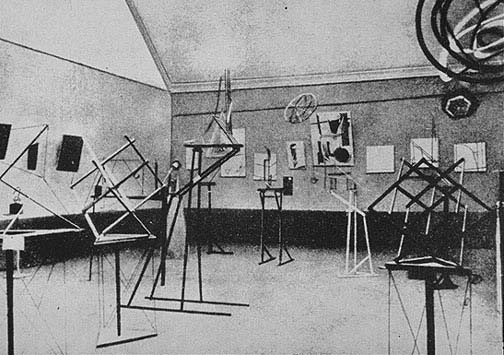
Slide 31: Lyubov Popova, Spatial Force Construction (1920-21).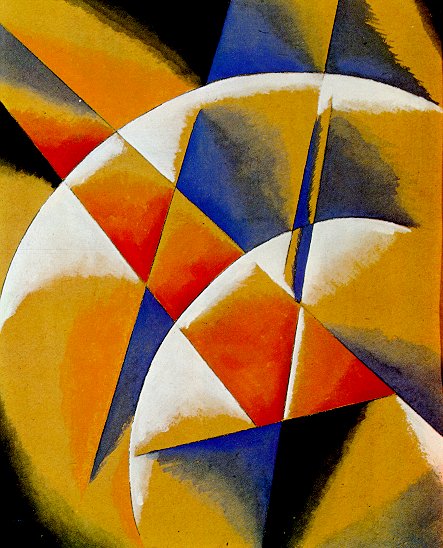
Slide 32: Lyubov Popova, Constructivist Composition (1921).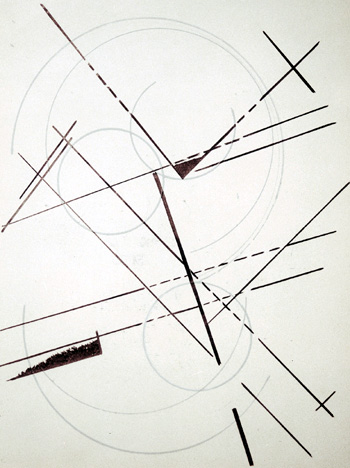
Slide 33: Alexander Rodchenko, Non-Objective Composition (1918).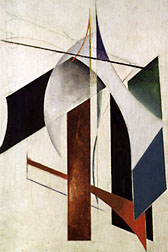
Slide 34: Alexander Rodchenko, A Study of a Circle (1919).(image not found)
Slide 35: Alexander Rodchenko, Oval Hanging Construction no. 12 (c. 1920).(image not found)
Slide 36: Alexander Rodchenko, Oval Hanging Construction no. 12 (c. 1920).(image not found)
Slide 37: L'szl' Moholy-Nagy, Large Railway Painting (1920).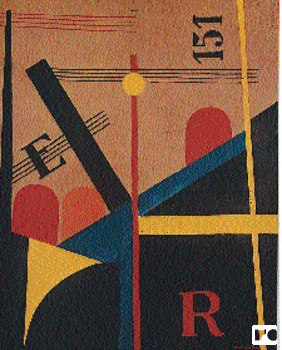
Slide 38: L'szl' Moholy-Nagy, Composition with Yellow Cross (1922).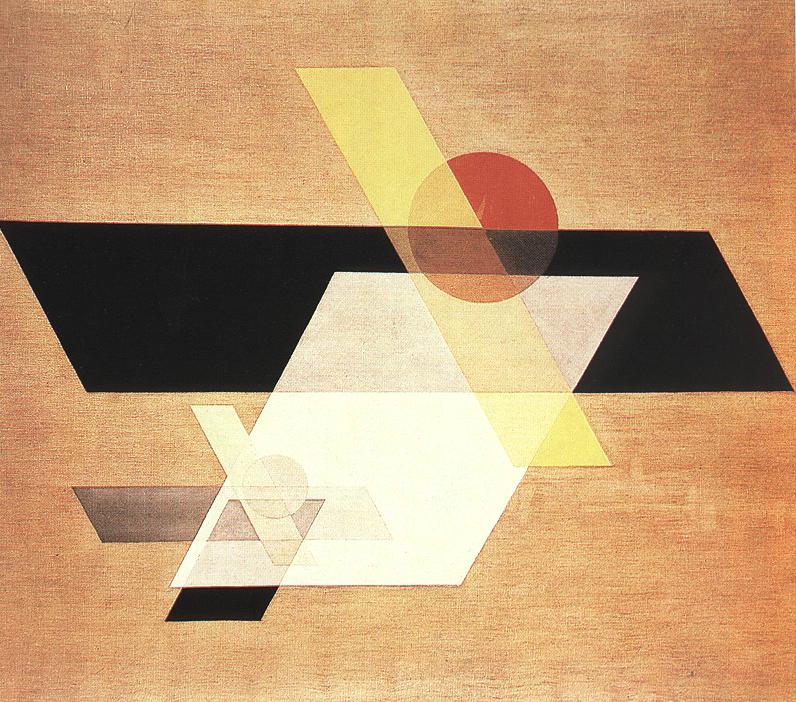
Slide 39: Vladimir Tatlin, Monument to the Third International (1920).
Slide 40: Naum Gabo, Column (conc. 1921, cx. 1929, rebuilt, 1937).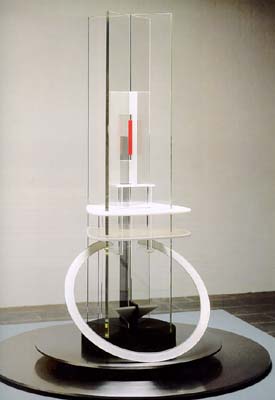
Slide 41: Naum Gabo, Construction in Space (c. 1925, rebuilt, 1985-6).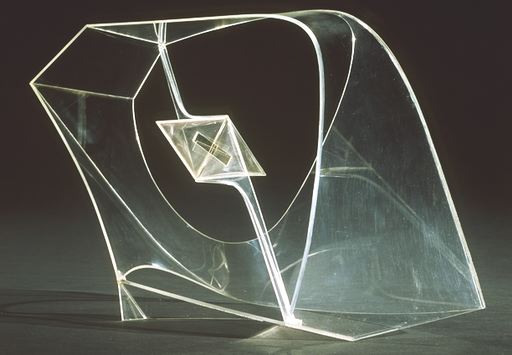
Slide 42: Antoine Pevsner, Fountain (1925).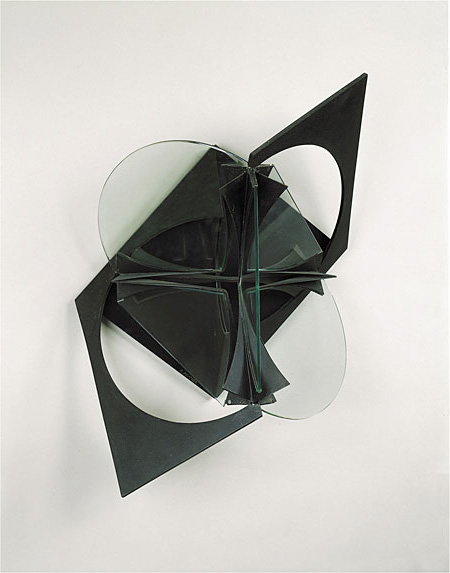
Slide 43: Alexander Rodchenko, Light Bulb Advertisement 1923, remade 1930.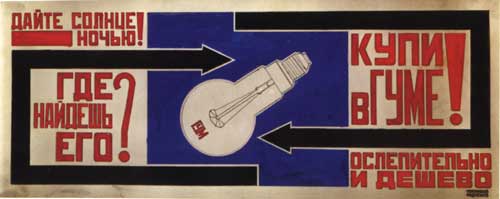
Constructivism. Art was ready for the revolution. The move was from the individual art hero to the artist as artisan. By the end of the first decade both Cubism and Futurism had been taken up by Russian artists. See S3 and S4. Primitivist folk art particularly Goncharova. Neither were involved in Constructivism but they were the best known and set the scene for Malevich (“Mal-e-a-vich”) and Tatlin. Constructivism was created by Malevich and Tatlin four years before the Russian revolution. Picasso had a great influence on Tatlin. Tatlin had a fundamental change after the resolution. Two further figures are Rodchenko and Popova. Also Laszlo Moholy-Nagy (he constructed 3D objects). They all believed in a revolution in art but their hopes were dashed in 1921. S7 Rayonist Manifesto launched. Showed the complex play of light across an object, but the object itself disappeared. Think of a micro view at the photon and wave level. Paintings are about light. S8 shows Constructvism’s relationship with Cubism. Is S9 realistic? “We declare the genius of our day to be trousers, jackets, planes, '” This is a manifesto that sounds like the manifests of the Marinetti Futurist’s manifesto four years before. “The heroism of everyday life” — Baudelaire. The great subjects are the everyday. Dada was also interested in the machine S10 is a painting in a Legeresce mode. Realistic but not naturalistic. S11 derived from Futurism and Leger. “Larry-ay-nov” Malevich’s Black Square, under the Suprematism banner, was the first school of abstract painting. 1910 the beginning of abstraction by Kandinsky with no reference to the real world. 1913 was a key year in Russia. Tatlin visited Picasso’s studio in Paris. See S13 and S14. S15 and S16 show relationship between Picasso and Tatlin. Picasso is never interested in abstraction. There are bits of S15 that give access to the real world. S12 has no such reference. S15 is made up of the things it represents. Mondrian, Kandinsky and Tatlin did take the step Picasso never took into complete abstraction. Transience, ephemerality. Cubist collage is ephemeral. Tatlin was deliberately creating works that would not last. Modern artists do the same, such as Joseph Hurst – lard and fat and (?) with works made out of rubber. Tatlin’s work has been recreated recently – is this valid? Constructivists thought any reference to the real world was a distraction. Tatlin was sculpting space not objects. He had purely formal concerns. Most works of art create an art space by using a pillar or a frame. Tatlin is a pioneer in creating an object in the real world of the museum, S19, they are objects not works of art. In a 1915 exhibition Malevich put his work in a corner, displacement out of the traditional spaces of art. The works are revolutionary with respect to traditional Russian art. But were they acceptable? Popova was determinately abstract. Dominance of a single colour, lack of modelling, link to collage. Popova and Rodchenko produced works based on engineering – pencil, ruler and compass. They wanted to remove the hand of the artist and its subjectivity, so their work is objective and “cool”. The events of 1917 in the social field were forecast by the revolution in art in 1313 – Tatlin. After the revolution Rodchenko took on a Government role. Art would move out of the museum to the people and into industry. They would create prototypes for industrial design and thus take on a utilitarian role. In 1918 some artists started to call themselves constructors rather than artist. Their interest in the industrial reminds us of Donald Judd and his use of industrial materials. Society of Young Artists exhibition S29 and S30 – they wanted to dissociate themselves from art. “Achieving the materialist construction of communist objects”. They thought they would help produce useful goods. First working group of Constructivists of 1921. His classic work is Oval Hanging Construction. Moholy “Narj”. Thought he was producing art (others were ambivalent — they called themselves artisans, engineers, and felt they were doing useful design and research work). He went to Moscow not Paris. Lenin set by NARCOMPROS, the Peoples Commissariate for Education. Led to Tatlin’s monument to the Third International. Architecture. Glass and steel. Inner part revolve once a year, month, day. Twice the height of the Empire State building. S35, S36 were produced the same year. Also Gabo and his brother Pevsner made mobiles. They wrote the Realistic Manifesto. “War as a cleansing event”. New clampdown on the avant guard started in 1921, Gabo and Pevsner left in 1923. Artists had to find a new living with the loss of the middle class. Their work was put to new uses, advertising and propaganda. Lenin died in 1924 Stalin took over and only wanted propaganda.
